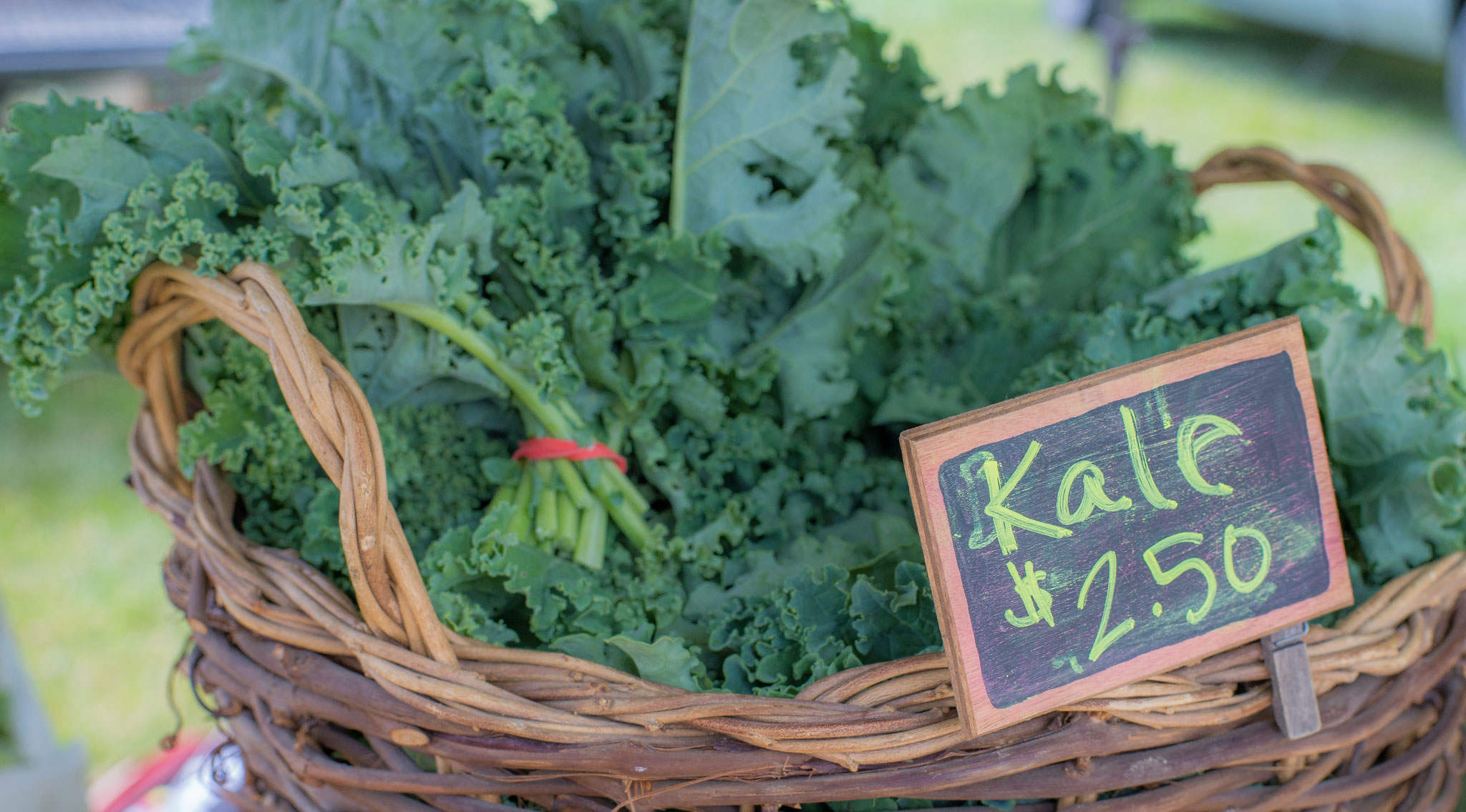Go for Green on St. Patrick’s Day
By Mary Kathryn Poole, MPH, Program Director, Let’s Move Pittsburgh
St. Patrick’s Day is a day where many of us choose to wear green, but this year, Let’s Move Pittsburgh is challenging you to also eat green. No — this does not mean that you need to bring out the green food coloring. Instead, opt for foods that are naturally green, like vegetables. When trying to meet your 5 servings of fruits and vegetables for the day, celebrate with some of the green recommendations below.
Dark Green Vegetables
My Plate recommends that we vary our weekly vegetable intake across five subgroups: dark green vegetables, red and orange vegetables, beans and peas, starchy vegetables, and other. Keeping with the green theme, let’s take a closer look at the dark green vegetable category (think broccoli, spinach, kale, and collard greens). We know that we should eat them, but how many servings of dark green vegetables should we consume in a week? Check out the recommendations from My Plate for you and your children:

| Age Group |
Servings of Dark Green Vegetables Per Week |
|
Children: |
½ cup |
|
Girls: |
1 ½ cups |
|
Boys: |
1 ½ cups |
|
Women: |
2 cups |
|
Men: |
2 cups |
* These amounts are based on an individual who needs a 2,000 calorie diet and gets less than 30 minutes of moderate physical activity per day. Amounts will vary for more or less active individuals. Visit My Plate for more information.1
Green Leafy Vegetables
One of my favorite nutrition education activities is a game that I have coined “Guess the Greens.” I place a wide variety of leafy greens on a table, and families are asked to match name cards to the appropriate greens. (This could be a fun game to teach your kids about greens at home!) Most people can guess the usual suspects like romaine lettuce, iceberg lettuce, spinach, cabbage, and in recent years, kale. However, few are able to identify less popular greens like chard, collard greens, mustard greens, arugula, escarole, bok choy, watercress, beet greens, endive, turnip greens, and dandelion greens. This St. Patrick’s Day, Let’s Move Pittsburgh encourages you to venture outside of your comfort zone and try a new leafy green. A quick Google search or cookbook read can help you determine how to pick, prepare, and cook with various kinds of greens. A go-to resource for me is the cookbook Green Glorious Greens! More than 140 Ways to Prepare All Those Great-Tasting, Super-Healthy, Beautiful Leafy Greens.

Green Salad Dressing
Salads are easy ways to eat green vegetables. For an even greener option, use a homemade green salad dressing. My favorite is a Basil Vinaigrette, made by our very own Chef Amy Reed of Café Phipps. This salad dressing is packed with basil, a rich source of calcium, potassium, iron, and vitamin K.2 And, it will take you less than five minutes to make at home!
Basil Vinaigrette from Café Phipps:
Ingredients:
¼ cup white balsamic vinegar
½ cup fresh basil leaves
½ cup onion, chopped
1 small garlic clove, chopped
1 teaspoon honey
¾ cup olive oil
Salt and pepper, to taste
Directions: Combine vinegar, basil, onion, garlic, and honey in a blender. Add olive oil slowly, and season with salt and pepper.
Zucchini Noodles
A simple way to increase your intake of green vegetables is by replacing pasta with zucchini noodles. High in fiber and low in calories, zucchini will boost the nutritional value of your meal while still allowing you to savor the flavor of your family’s favorite pasta dish. Click here to see different ways to make zucchini noodles. After making your noodles, add a tomato sauce or basil pesto for a delicious meal.
This article is an effort of Let’s Move Pittsburgh’s 5-2-1-0 initiative to help kids in Southwestern Pennsylvania lead healthy lives by practicing 5-2-1-0 habits every day. Learn more here.
Let’s Move Pittsburgh, a program of Phipps Conservatory and Botanical Gardens, is a collaborative dedicated to improving children’s health and wellness in Southwestern Pennsylvania. Connect with Let’s Move Pittsburgh here, and follow us on Facebook and Twitter.




